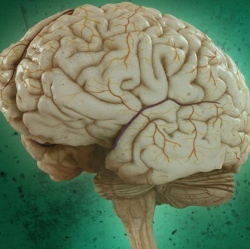
The more successful ways of reducing pain such as that arising from cancer and chemotherapy rely on blocking certain brain pathways, but these aren’t without their of side effects. Scientists have discovered that the pathway A3AR could be the key to mitigating pain without some of the unwanted baggage, pointing to new methods of treatment.
The release of opiates, the harnessing of calcium and the targeting of adrenergic receptors are all existing approaches to pain relief. But the scientists says these can bring on another set of problems, such as impacting quality of life and inadequate suppression of pain.
Another potential agent for pain-killing is a small molecule called adenosine, though this is also known to trigger considerable side effects. But the St Louis researchers, led by Daniela Selvemini, a professor of pharmacological and physiological sciences, have discovered that the properties of a particular receptor in the brain could see adenosine used in viable therapeutic treatments.
“It has long been appreciated that harnessing the potent pain-killing effects of adenosine could provide a breakthrough step towards an effective treatment for chronic pain,” says Salvemini. “Our findings suggest that this goal may be achieved by focusing future work on the A3AR pathway, in particular, as its activation provides robust pain reduction across several types of pain.”
The scientists showed that by switching on the A3 receptor in the brain, they were able to shut out chronic nerve pain in rodents. This receptor can be activated either through the natural stimulant adenosine or through synthetic drugs.They observed that it either prevented or reversed pain caused by nerve damage, without the typical side effects such as increasing a patient’s tolerance to medication.
